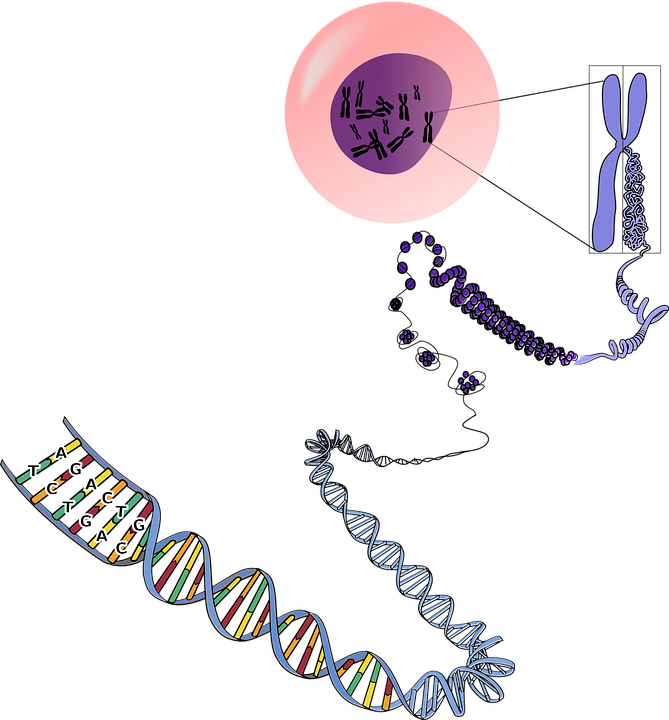How Editing RNA—Not DNA—Could Cure Disease in the Future
By Kristen V. Brown,
Gizmodo
| 03. 15. 2018
DNA is the code of life, and so advances that allow us to edit that code have unlocked vast potential, from simply editing away the buggy code of disease, to engineering animals that don’t spread illness, to, maybe one day in a distant future, creating so-called designer babies. But editing another essential molecular component of our biology—RNA, the messenger used by cells to turns DNA instructions into proteins—also holds great promise.
A slew of recent high-profile discoveries have focused on pairing the buzzy genetic engineering tool, CRISPR, with RNA editing. RNA is a sort of middleman that turns genetic instructions from DNA into proteins. Editing RNA could allow scientists to tweak how genes are expressed without making permanent changes to the genome itself—thus avoiding one of the scarier aspects of genetic engineering, because you’d be interfering with DNA’s instructions rather than editing DNA itself. RNA is ephemeral, which means changes to it could be reversed. And in some diseases, like a form of muscular dystrophy called myotonic dystrophy, mutant RNA is actually the root of the problem.
In October...
Related Articles
By Mary Annette Pember, ICT News [cites CGS' Katie Hasson] | 04.18.2025
The sight of a room full of human cadavers can be off-putting for some, but not for Haley Omeasoo.
In fact, Omeasoo’s comfort level and lack of squeamishness convinced her to pursue studies in forensics and how DNA can be...
Gray wolf by Jessica Eirich via Unsplash
“I’m not a scarcity guy, I’m an abundance guy”
– Colossal co-founder and CEO Ben Lamm, The New Yorker, 4/14/25
Even the most casual consumers of news will have seen the run of recent headlines featuring the company Colossal Biosciences. On March 4, they announced with great fanfare the world’s first-ever woolly mice, as a first step toward creating a woolly mammoth. Then they topped that on April 7 by unveiling one...
By Katrina Northrop, The Washington Post | 04.06.2025
photo via Wikimedia Commons licensed under CC by 3.0
China's most infamous scientist is attempting a comeback. He Jiankui, who went to jail for three years after claiming he had created the world's first genetically altered babies, says he remains...
By Anumita Kaur [cites CGS’ Katie Hasson], The Washington Post | 03.25.2025
Genetic information company 23andMe has said that it is headed to bankruptcy court, raising questions for what happens to the DNA shared by millions of people with the company via saliva test kits.
Sunday’s announcement clears the way for a new...




